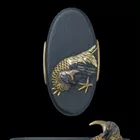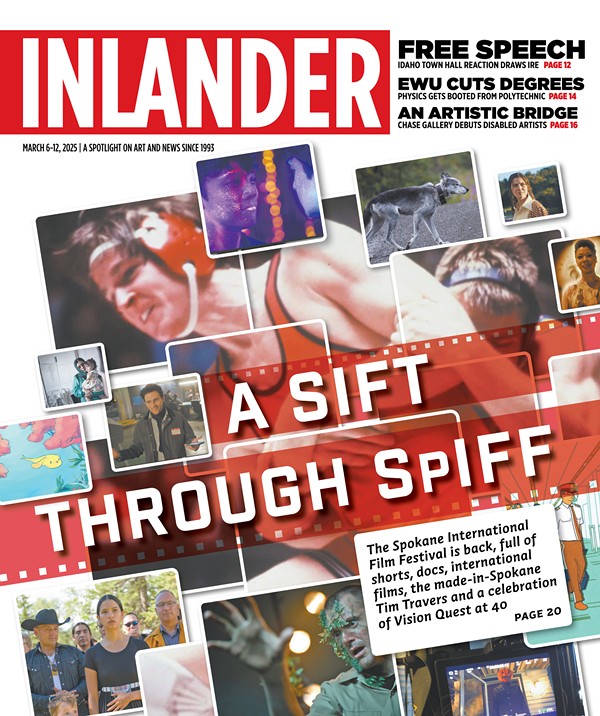DVD Review-The Royal Tenenbaums
[
{
"name": "Broadstreet - Instory",
"component": "25846487",
"insertPoint": "4",
"requiredCountToDisplay": "4"
},{
"name": "Broadstreet - Empower Local",
"component": "27852456",
"insertPoint": "8",
"requiredCountToDisplay": "8"
},{
"name": "Broadstreet - Instory",
"component": "25846487",
"insertPoint": "12",
"requiredCountToDisplay": "12"
},{
"name": "Broadstreet - Instory - 728x90 / 970x250",
"component": "27852677",
"insertPoint": "18",
"requiredCountToDisplay": "18"
},{
"name": "Broadstreet - Instory",
"component": "25846487",
"insertPoint": "5th",
"startingPoint": "23",
"requiredCountToDisplay": "24",
"maxInsertions": 100
}
]
by Mike Corrigan
Co-written by director Wes Anderson (Bottle Rocket, Rushmore) and screenwriter/actor Owen Wilson, The Royal Tenenbaums paints a portrait of a once affluent and brilliant, now deeply dysfunctional family that has come to be defined more by latter-day defeats than past glories. It's a bittersweet, at times acutely melancholy parable about forgiveness, acceptance and loyalty brought to life by a sensational cast.
Royal (Gene Hackman) and his estranged wife Etheline (Anjelica Huston) have been long separated but never divorced. Their adult children -- Chas (Ben Stiller), Margot (Gwyneth Paltrow) and Richie (Luke Wilson) -- once child prodigies, are now neurotic husks of their former selves, the memory of their youthful brilliance having been erased by "two decades of failure, betrayal and disaster." One by one, the kids return to the Tenenbaum home, each resuming residence in his or her former, distinctive and individualized room. Their regression into childhood is thwarted by Etheline, who is considering a marriage proposal from her timid accountant (Danny Glover), and by Royal, who feigns a terminal illness in order to worm his way back into the household.
The film's vaguely surreal universe (set within a mythologized Manhattan) is achieved through Anderson's exquisite -- almost obsessive -- attention to visual detail. Each bedroom of the house is meticulously appointed to reflect the personality of the room's inhabitant. The Tenenbaums themselves are almost cartoon-like in their consistency of appearance. But more than merely the sum of their respective quirks, the family members are portrayed sympathetically as individuals with complex, if deeply flawed, personalities. Even Royal -- who engages in shamelessly manipulative schemes in order to win back the affections of his family -- ultimately emerges as a sympathetic character with motives, if not methods, that are virtuous. The film is a tour de force of ensemble acting, though Hackman goes above and beyond in his portrayal of the family's exiled patriarch.
Criterion's DVD presentation once again sets the standard for aesthetic and technical perfection. The two-disc set is lavishly appointed, with two booklets featuring full color drawings by Anderson's brother Eric depicting the Tenenbaum house and family history. The second DVD contains all the goodies you would expect and more, including a making-of-the-film documentary, cast interviews and a chapter called "The Art of the Movie" with stills of Richie's murals and paintings and Anderson's storyboards.
Co-written by director Wes Anderson (Bottle Rocket, Rushmore) and screenwriter/actor Owen Wilson, The Royal Tenenbaums paints a portrait of a once affluent and brilliant, now deeply dysfunctional family that has come to be defined more by latter-day defeats than past glories. It's a bittersweet, at times acutely melancholy parable about forgiveness, acceptance and loyalty brought to life by a sensational cast.
Royal (Gene Hackman) and his estranged wife Etheline (Anjelica Huston) have been long separated but never divorced. Their adult children -- Chas (Ben Stiller), Margot (Gwyneth Paltrow) and Richie (Luke Wilson) -- once child prodigies, are now neurotic husks of their former selves, the memory of their youthful brilliance having been erased by "two decades of failure, betrayal and disaster." One by one, the kids return to the Tenenbaum home, each resuming residence in his or her former, distinctive and individualized room. Their regression into childhood is thwarted by Etheline, who is considering a marriage proposal from her timid accountant (Danny Glover), and by Royal, who feigns a terminal illness in order to worm his way back into the household.
The film's vaguely surreal universe (set within a mythologized Manhattan) is achieved through Anderson's exquisite -- almost obsessive -- attention to visual detail. Each bedroom of the house is meticulously appointed to reflect the personality of the room's inhabitant. The Tenenbaums themselves are almost cartoon-like in their consistency of appearance. But more than merely the sum of their respective quirks, the family members are portrayed sympathetically as individuals with complex, if deeply flawed, personalities. Even Royal -- who engages in shamelessly manipulative schemes in order to win back the affections of his family -- ultimately emerges as a sympathetic character with motives, if not methods, that are virtuous. The film is a tour de force of ensemble acting, though Hackman goes above and beyond in his portrayal of the family's exiled patriarch.
Criterion's DVD presentation once again sets the standard for aesthetic and technical perfection. The two-disc set is lavishly appointed, with two booklets featuring full color drawings by Anderson's brother Eric depicting the Tenenbaum house and family history. The second DVD contains all the goodies you would expect and more, including a making-of-the-film documentary, cast interviews and a chapter called "The Art of the Movie" with stills of Richie's murals and paintings and Anderson's storyboards.
















